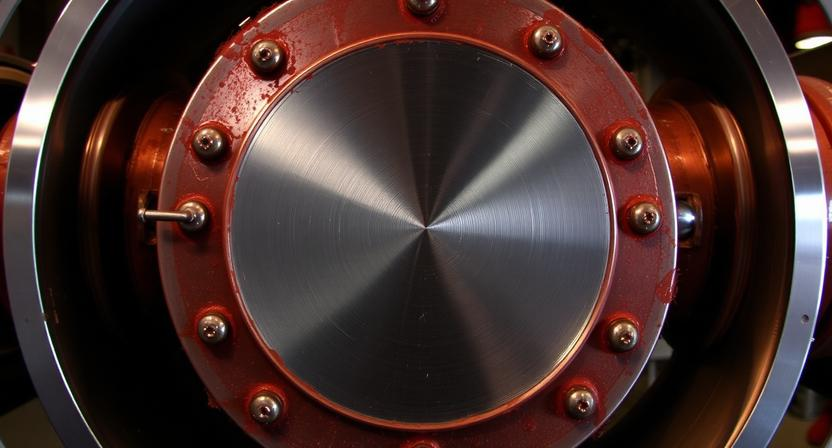Titanium alloys exhibit extraordinary corrosion resistance in high-temperature and high-pressure (HPHT) environments, particularly in neutral chloride solutions and brines, due to the formation of a stable, self-healing, passive oxide film (TiO₂) on the surface [1].
However, performance is dependent on the specific environment and alloy grade:
General Resistance: Titanium can resist seawater and brine at temperatures up to 260°C (500°F) [2].
Limitation: Standard grades (like Grade 2) can be susceptible to crevice corrosion in hot halide media (e.g., hot brine) above certain temperatures (typically 80°C to 120°C) [3].
Solution: Specialized alloys like Titanium Grade 7 (Ti-0.15Pd) and Grade 12 (Ti-0.3Mo-0.8Ni) are used to eliminate crevice corrosion risk in HPHT and acidic conditions, extending the service temperature to over 250°C [4].

The superior corrosion resistance of titanium is rooted in its passive oxide layer. This layer is dense, non-porous, and forms instantaneously when titanium is exposed to oxygen or moisture. In HPHT environments, the stability of this film is critical:
High Temperature: The film remains stable and protective, even at elevated temperatures, provided the environment is oxidizing or neutral.
High Pressure: High pressure itself generally does not degrade the film's protective qualities; rather, it is the combination of high temperature and aggressive chemical species (like concentrated chlorides or reducing acids) that poses a challenge.
The main limitation for standard titanium grades (like CP Grade 2) in HPHT environments is the risk of crevice corrosion. This occurs in tight gaps (crevices) where the local chemistry becomes acidic and depletes oxygen, leading to the breakdown of the passive film.
| Titanium Grade | Composition | HPHT Corrosion Performance | Typical Applications |
|---|---|---|---|
| Grade 2 (CP) | Commercially Pure Titanium | Excellent in neutral/oxidizing media. Susceptible to crevice corrosion above ~80°C in hot brine. | Heat exchangers, general chemical processing. |
| Grade 7 | CP Titanium + 0.15% Palladium (Pd) | Virtually immune to crevice corrosion in hot halide media and reducing acids up to 250°C. | Highly corrosive chemical processes, mineral acid handling. |
| Grade 12 | Ti-0.3Mo-0.8Ni | Superior resistance to crevice corrosion, offering a cost-effective alternative to Grade 7. Excellent for brine and slightly acidic environments. | Geothermal wells, deep-sea oil & gas, brine concentrators. |
Titanium alloys are increasingly used in demanding HPHT oil and gas wells, where they face a combination of high pressure, high temperature, and aggressive corrosive agents (H₂S, CO₂, chlorides). The high strength-to-weight ratio of alloys like **Ti-6Al-4V (Grade 5)**, combined with the corrosion resistance of specialized grades (Grade 12, Grade 7), makes them essential for downhole components and risers [5].
Selecting the correct titanium grade is critical for the safety and longevity of equipment in high-temperature and high-pressure service. We supply a full range of corrosion-resistant titanium alloys, including Grade 7 and Grade 12, specifically manufactured for demanding chemical, marine, and oil & gas applications. Our materials meet stringent industry standards for quality and performance.
Consult Our Experts for HPHT Titanium Alloy Selection and Quotes.